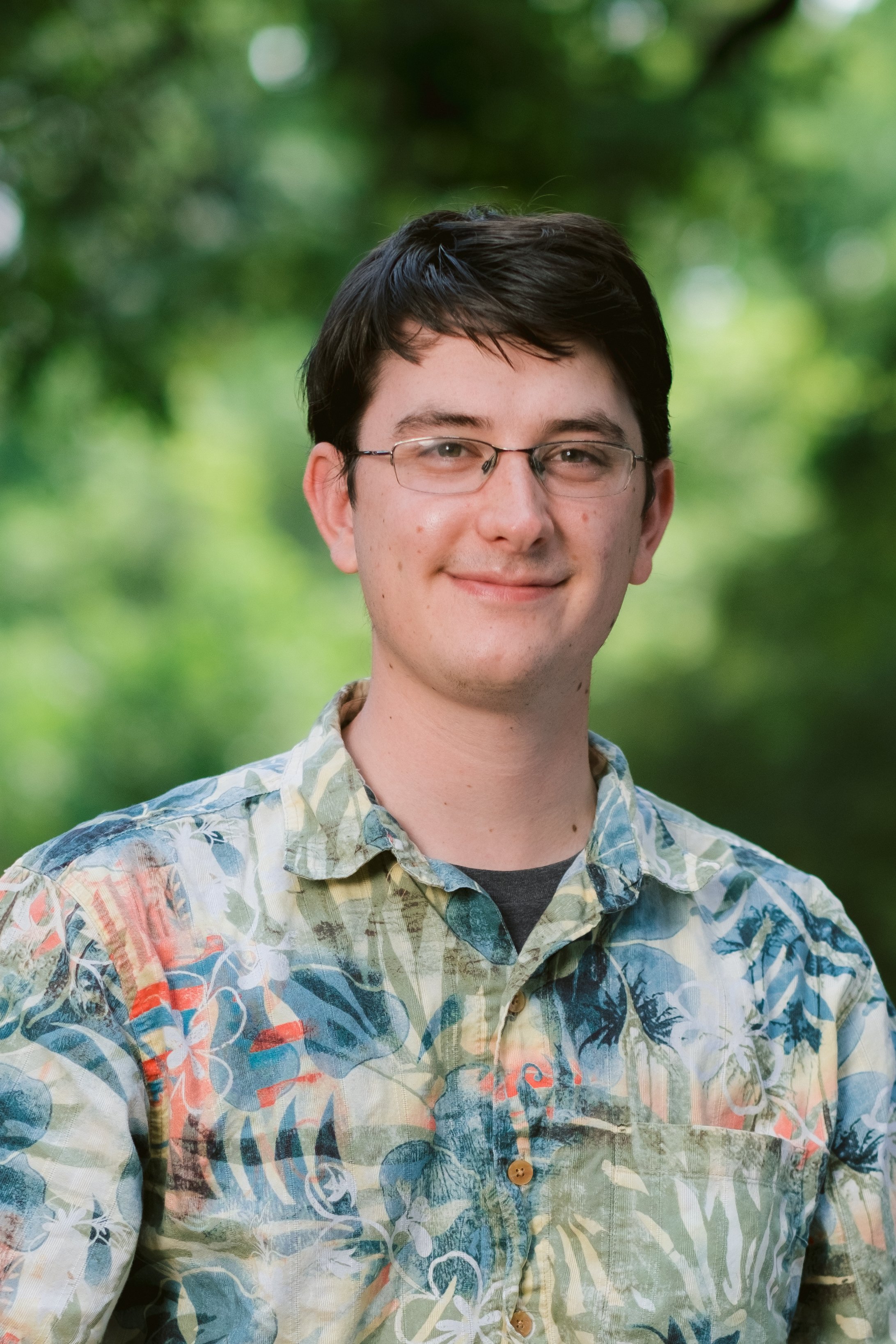A Review of Opportunities and Challenges of Working at the Tidal/ Non-Tidal Interface
Keith Binsted
Underwood & Associates
Annapolis, MD
This presentation will review how Regenerative Stream Channel (RSC) and Dynamic Living Shoreline design principles guide Underwood & Associates approach of blending diverse restoration techniques to achieve ecological uplift at the tidal/ non-tidal interface. Projects that lie in this transitional zone offer unique opportunities to reconnect land and water resources, while also presenting challenges that are not always encountered on upland or upstream sites. Several projects, and the blend of restoration strategies used at each, will be highlighted to review the design process- including opportunities and challenges- and lessons learned.
Habitat creation, ecological uplift, material reuse, resiliency, and education/ recreation are some of the opportunities that exist when working at the tidal/ non-tidal interface, while challenges might include climate change, upstream/ upland land uses, tidal range, sediment transport, invasive species, construction access, and permitting.
Designing projects at the tidal/ non-tidal interface provides a unique chance to restore diverse habitats such as streams, bogs, wetlands, SAV beds and shallow water. Nature’s delicate balance of the diverse ecological processes that occur in these habitats should serve as a model for the design process. Understanding how these processes interact is essential to their restoration.
Several projects, from urban stream daylighting/ living shorelines to rural dam removal/ stream restorations, will be highlighted to better understand opportunities and challenges of working in the tidal/ non-tidal interface. The goal of this presentation is to share experiences of designing projects at the tidal/ non-tidal interface to help advance the restoration of these ecosystems.
About Keith Binstead
Keith is the lead designer for Underwood & Associates and has significant experience in designing, engineering, and permitting stormwater management, outfall restoration, stream restoration, and living shoreline projects. Keith uses Underwood & Associates’ Regenerative Design philosophy to design Regenerative Stream Channel (RSC), Step-Pool Stormwater Conveyance (SPSC), Dynamic Living Shoreline (DLS) projects, and others. Keith is a formally trained watershed scientist and is capable of providing the wide range of habitat assessments, site surveys, design plans, engineering analyses, and permitting services necessary to progress a project from conceptual to fully permitted. His skills include Maryland Biological Stream Survey (MBSS) assessment and analysis, hydrologic and hydraulic numerical modeling programs, ecological uplift projections, and TMDL nutrient load reduction calculations.

